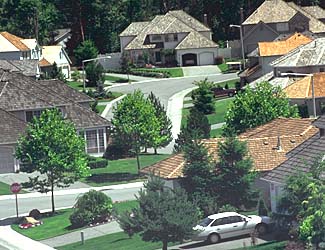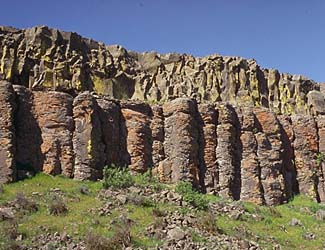
Home | About Us | How to Participate | Biodiversity Modules | Projects | Maps | Facts | Resources

Home | About Us | How to Participate | Biodiversity Modules | Projects | Maps | Facts | Resources
Species Code: COLI
|
This species is widespread and common at lower elevations throughout western Washington, mostly breeding in cities and farmlands. In eastern Washington, they are common in cities and farmlands and also along basalt cliffs, such as those along the Columbia River and Snake River, and at the Columbia National Wildlife Refuge. High-elevation records are uncommon, though birds have been recorded in the Pasayten Wilderness in Okanogan County, near Diablo Dam in Whatcom County, and near Skykomish in King County.



|
The core areas of use were all those below Sub-alpine Fir on the east side and below Silver Fir on the west side. In the low and/or dry areas (steppe zones, Ponderosa Pine, Oak, Sitka Spruce, Puget Sound Douglas-fir, Woodland/Prairie Mosaic, Willamette Valley, and Cowlitz River), all habitats, except forest and estuarine mud flats, were good. Hardwood forests, mixed forest, and early-seral conifer forests were adequate. In higher zones, only development and agriculture were good and all others were excluded.
Rock Doves were introduced to North America by the earliest European settlers at Jamestown and Plymouth in the early 1600s. Most Rock Doves are seen in cities or farms, areas of considerable human alteration. An interesting occurrence is the nesting of Rock Doves in eastern Washington in areas that are wild, such as the rocky cliffs above most water bodies in the Columbia National Wildlife Refuge. In urban areas, they nest on any flat surface under cover (bridges, barns, etc.). In Washington, Breeding Bird Survey data show significant population increases of 6.4% per year from 1966 to 1991 and 8.9% per year from 1982 to 1991.
Translated from the Washington Gap Analysis Bird Volume by Uchenna Bright
Text edited by Gussie Litwer
Map by Dave Lester